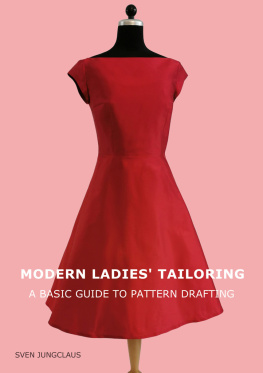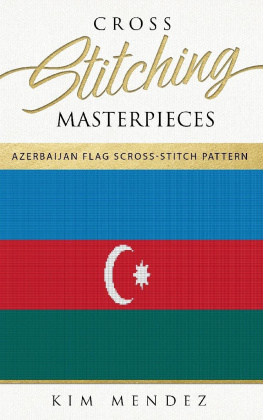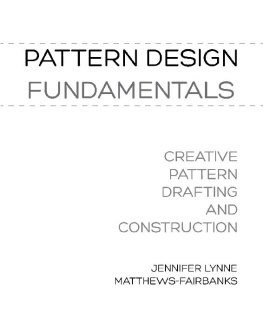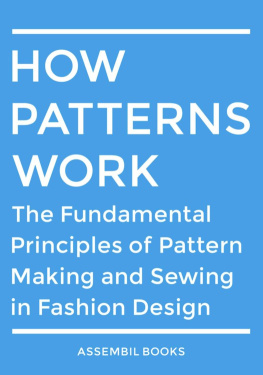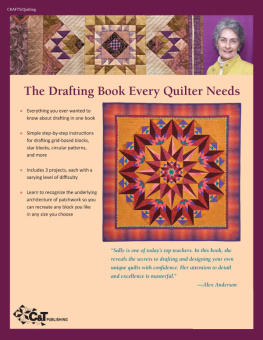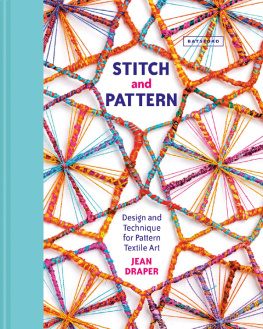Teach Yourself Stitch Craft and Dressmaking
Pattern Making and Drafting Layout: Volume III
Making Your Own Patterns for Dress Designing
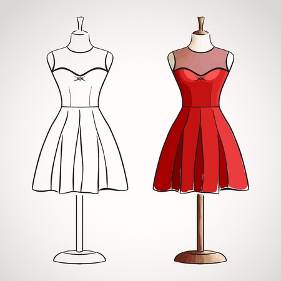
Dueep Jyot Singh
Learning Series
Mendon Cottage Books

JD-Biz Publishing
Download FreeBooks!
http://MendonCottageBooks.com
All Rights Reserved.
No part of this publication may be reproducedin any form or by any means, including scanning, photocopying, orotherwise without prior written permission from JD-Biz CorpCopyright 2016
All Images Licensed by Fotolia, Pixabay, and123RF.
Disclaimer
The information is this book is provided forinformational purposes only. The information is believed to beaccurate as presented based on research by the author.
The author or publisher is not responsiblefor the use or safety of any procedure or treatment mentioned inthis book. The author or publisher is not responsible for errors oromissions that may exist.
Our books are available at
Download FreeBooks!
http://MendonCottageBooks.com
Table of Contents
Introduction
The first two books in our series have givenyou information about the basics of stitch craft, and how you aregoing to measure the figure properly so that you can start settingout your drafting pattern.
Drafting is the method with which you aregoing to draw the pattern of a garment, a given measurement on apiece of paper. Proper drafting is a systematic method whichinvolves a number of steps. Some of the measurements are going tobe lengthwise and some of them are going to be widthwise.
Proper drafting is going to depend on threeimportant factors. The first is of course the proper layout, properpattern making and after that, the cutting of the clothproperly.
So if you do not know the basics of properdrafting, and the layout of the design, you are going to have greattrouble making up the pattern with just haphazard and topsy-turvyknowledge. When I was a child, I used to see plenty of experiencedtailors who just took a couple of measurements, with their inchtape and with their eyes. After that they did some mathematicalcalculations in the air with their fingers, and noted down somenumbers on a piece of paper. After that, it was fascinating the waythey just picked up a pair of heavy shears, folded the cloth sothat the lower part was facing towards them.
And then they picked up a piece of tailorschalk, held down the cloth with something heavy so that it did notwrinkle up, took their tape measurements, and measured out thecloth properly. After that they did the cutting and then they gavethe stitching work to their underlings.

Hopefully, after we read this book, I and youare going to be so proficient in the basics of grafting, that weare going to understand each and every line on a drafting patternand exactly what it means.
For this, of course, we will need to know allabout proper drafting, the proper layout of the cloth, and makingpatterns.
So let us start with drafting.
What is the difference between drafting andlaying out the pattern? Drafting is the drawing out of the patternon a piece of paper. Laying out the pattern is cutting out thepieces of paper, according to the drafted design and then layingout the different pieces of paper properly on the cloth. After thatwe are going to cut the cloth, according to the pattern.
Drafting
The ability to design a dress with the helpof lines and understanding the process is known as drafting. Everygarment out there is going to have a different drafting design. Youcannot make a pair of trousers, with a bodice design nor can apinafore design be used to design a blouse.

However, there are some basic designs whichcan be adapted and once you know all about them, you can do thedesigns of other clothes of that same type, by just a little bit ofadding, subtracting, multiplying, and dividing.
Drafting is made up of straight lines. It isalso made up of circular lines for which we normally use Frenchcurves and other drafting implements and tools.
There are some lines which are going to beused in your draft, as basic lines, which are common with everysingle design.
However, these designs are going to bemodified by adding or removing some extra lines around thesebasics, depending on the fashion and the garment which has to bemade.
For example, if your drafting is of a bodice,the neck, shoulder, and chest measurement is going to be in thebasic design. However, you can modify the shape of the neck into acircle, deep cut, square, or any other design depending on therequirements of the wearer. In the same manner, I can cut a pair oftrousers when I know the basic measurements and according to thedictates of fashion, I am going to put a pocket either on the beltline, or on the pleats, or even on the knees. If I wish, I canpepper the trousers with lots of pockets and make them bellbottoms,flared, narrow, leggings, stovepipe trousers, and whatever else Iwish by either adding some fabric or removing it in the design.
So once you know all about the basic mathwith which to calculate the basic measurements, you are going tobegin drafting in a systematic and methodical manner. Once that hasbeen done to your satisfaction, you can cut the garments to yourown requirements and stitch them.
TipsWhile Drafting
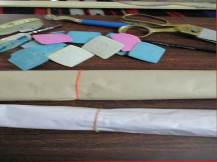

Some basic tools including an inch tape, aneraser, 2 pencils, one tracing wheel, a good pair of scissors,brown paper, tracing paper, and Tailors chalks in differentcolors.
Make sure that the basic drafting is donewith full measurements on a long and wide enough piece of paper.For drafting, you are going to need a sharp and dark pencil, a gooderaser, some French curves for the armholes and necklines,measuring tape, and of course paper sheets. After that, you aregoing to need a good pair of shears in order to cut the patternsout properly after you have marked them out.

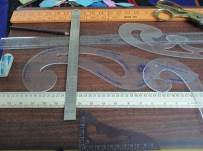
French curves and rulers, including an L-shapedwooden ruler.
You may want to do some practice cutting on aflat surface, either on your dining room table, or on the groundlike I do. The dimensions of the tabletop should be around 48 x30, which means that you have plenty of space to move around, whenyou are drafting the design.








